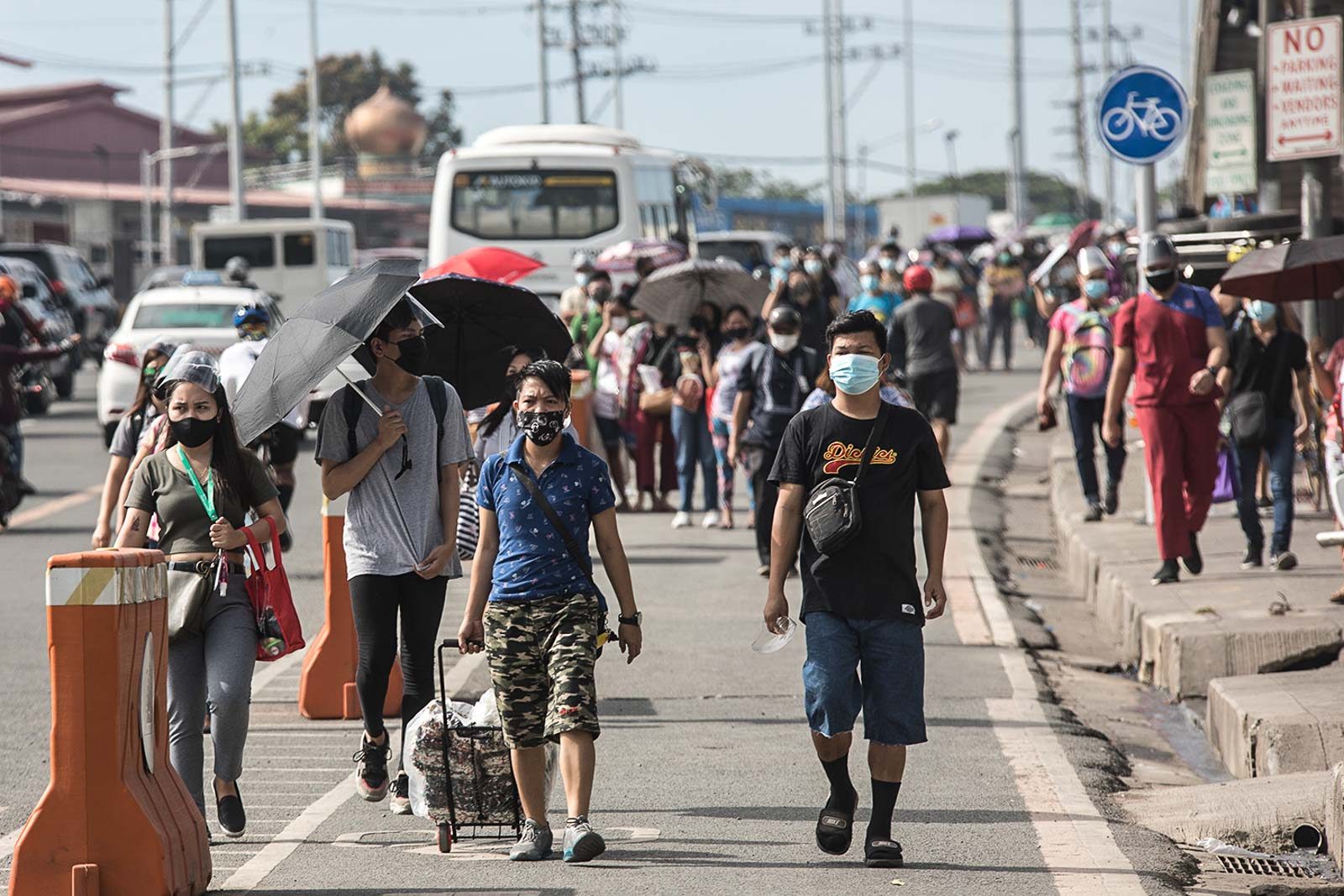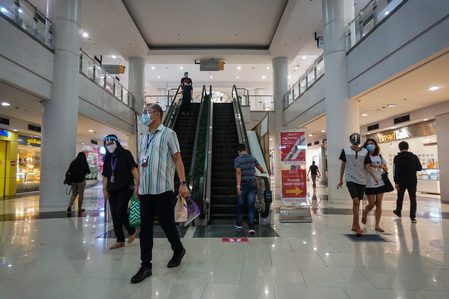SUMMARY
This is AI generated summarization, which may have errors. For context, always refer to the full article.

The Octa Research group voiced support for extending the current general community quarantine (GCQ) in Metro Manila to July, saying the threat of the coronavirus was still present.
Octa Research fellow Guido David said that while cases have decreased in the capital region to about 620 new cases on average daily, it has yet to fall to levels before the deadly surge that overwhelmed hospitals in the metro from March to April this year.
“We agree with the position of the DOH (Department of Health) that we should maintain GCQ in the NCR because although the trend is decreasing, the virus is still present,” David said on CNN Philippines’ New Day on Monday, June 28.
David also suggested that certain businesses be allowed to increase their capacity while following proper health protocols to keep the public safe against the disease.
Current community quarantine restrictions are scheduled to last until Wednesday, June 30.
Metro Manila, along with Bulacan, is currently on GCQ “with restrictions.” Rizal, Laguna, and Cavite are on GCQ “with heightened restrictions,” while Davao City, Zamboanga City, and 19 other areas are on modified enhanced community quarantine. The rest of the country is on GCQ.
The DOH classified Metro Manila as a “low-risk” area for COVID-19 on June 23, after cases fell by 23% in the last two weeks. The capital region has been the epicenter of the country’s pandemic since the health crisis broke out in early 2020.
Despite this, the Philippines has been on alert for the Delta variant, with local governments urged to maintain strict and uniform border controls to avoid the entry of the worrying variant into the country.
Delta, the COVID-19 variant first detected in India, has fueled concern across nations where a rise in cases has been seen in recent weeks. It was formerly called the Indian variant, and was later renamed by the WHO using the Greek alphabet, along with other variants, to prevent stigma.
The WHO earlier reported that the Delta variant of COVID-19 is becoming the globally dominant variant of the disease. The variant has gained attention and concern because of its worrying traits, including higher-risk hospitalization and prolonged hospital stay.
David said Octa is backing medical experts and the DOH’s call to maintain stricter quarantine protocols for arriving passengers to avoid the entry of the variant in the Philippines. He warned the Delta variant could cause a surge worse than what Metro Manila saw earlier this year, if it is able to slip into communities.
In a report published on Monday, the group also urged the government to speed up the vaccination of individuals in “NCR Plus 8” areas to achieve a minimum 30%-coverage as part of efforts to protect public health if the Delta variant enters the country.
“Recent studies suggest that a minimum of 30% vaccine coverage in a given population can slow the spread of the Delta variant,” Octa said.
The country has so far identified 17 cases of the variant, all among returning overseas Filipinos. – Rappler.com
Add a comment
How does this make you feel?

There are no comments yet. Add your comment to start the conversation.